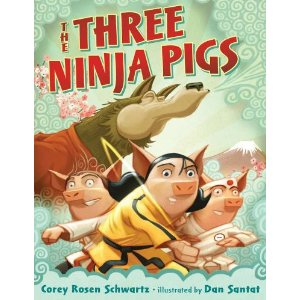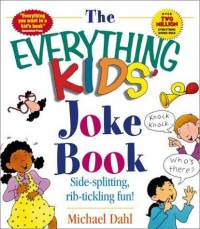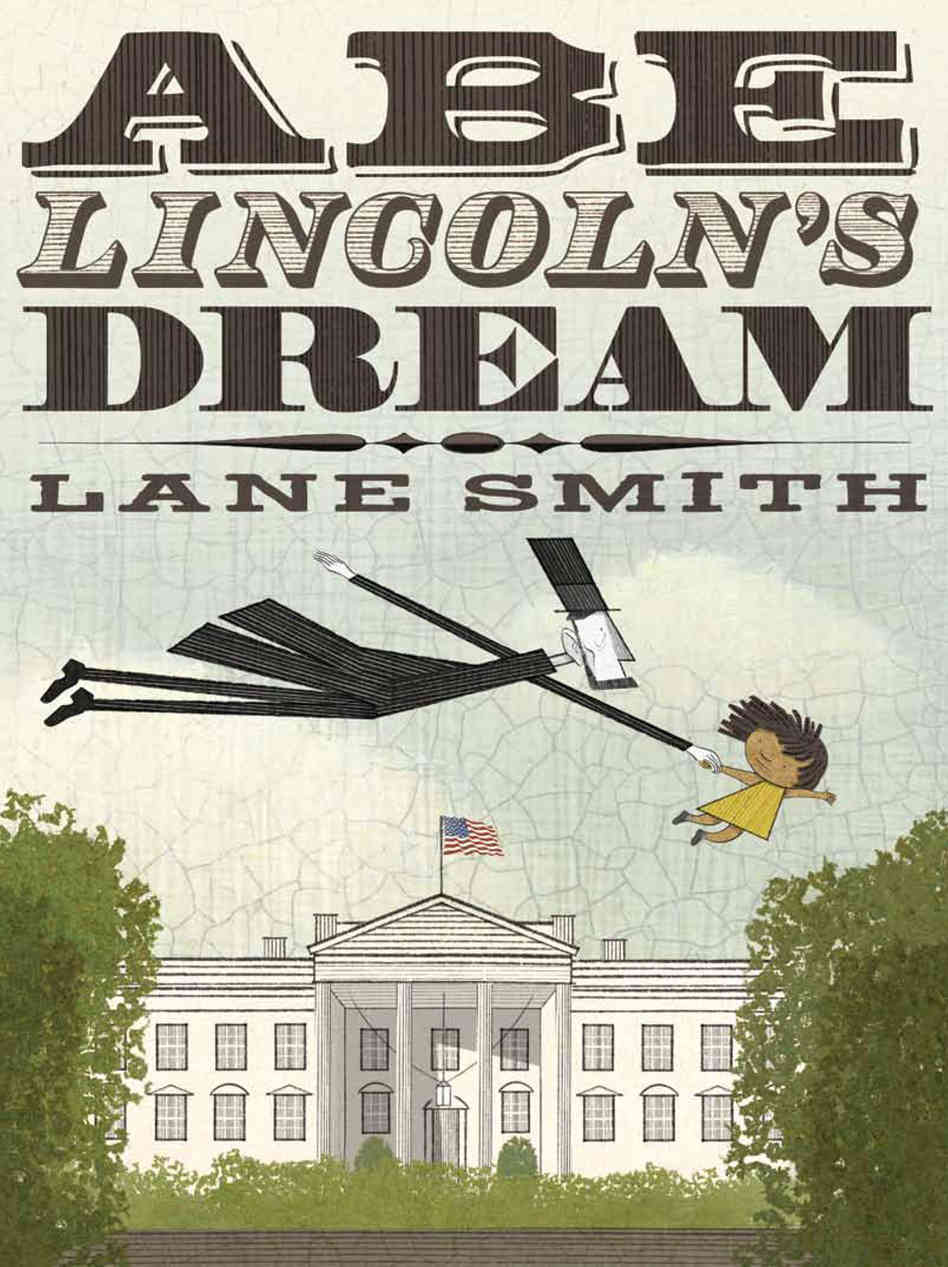Children’s book historian and critic Leonard Marcus reminds us that “A joke isn’t a joke if you need to explain it.” Humorous books for young readers must include topics and situations that will be familiar to them. That’s one reason for the popularity of “potty humor” and fart jokes with boys, but we won’t go there. The nice thing about humor is that it can also intersect with almost any other subject so we can have funny mysteries, funny animal stories, and even funny history. Students may learn better when they laugh, laughter can reduce stress and make things more bearable when we are confronting disaster and tragedy. Humor gets close to our feelings. Babies laugh at silly sounds while preschoolers and early elementary aged children can appreciate wordplay or laugh when people or animals get simple things wrong. Older elementary children can appreciate a good joke or a little slapstick humor but also irony and subtle humor. Check out a few of these great books and try not to laugh so hard you spit milk out through your nose!
For the youngest readers:

The Three Ninja Pigs by Corey Rosen Schwartz and illustrated by Dan Santat (Putnam, 2012)
Fractured fairy tales are a form of humor where a familiar tale is retold with witty, sarcastic, and smart-alecky dialogue. Known characters are recast, sometimes in new and unexpected settings, to give the story unusual twists. In this case, those famous porkers learn martial arts to be able to protect themselves and their homes from the big bad bully (you know who I mean). While each pig takes lessons, only one perseveres to earn all her belts. Yes, the smartest, bravest pig is a girl. Limerick verse offers great wordplay with Japanese themed art that includes characters that have an edgy techno-manga look.
For the transitional readers:
Abe Lincoln’s Dream by Lane Smith (Roaring Brook, 2012)
Smith, one of the great funny men of children’s literature, combines humor in words and cartoonish pictures in a semi-true story about our 16th president. While he often looks serious, even austere, Abe apparently enjoyed telling corny jokes. When a young African American girl touring the White House encounters his ghost, Abe takes her on a whirlwind tour of the country to view his legacy. The book has some basis in fact–dogs living in the White House always bark outside the Lincoln bedroom and Lincoln may have had a similar dream right before his death–and Smith includes some historical trivia, but the humor is what will captive readers.
For the older readers:

The Everything Kids’ Joke Book: Side-Splitting, Rib-Tickling Fun by Michael Dahl (Adams Media, 2002)
It’s hard to think of humor without including at least one joke book because these collections offer something for everyone. They also allow for a wide range of reading levels and reluctant or struggling readers can successfully dip in and jump around, reading more than they think they are. This paperback collection includes limericks, gags, spoonerisms, and jokes of every kind and on every topic imaginable (“What kind of dog does Dracula like? A Bloodhound.”). Dahl, who also writes themed joke books, provides lessons on how to deliver a punch line and other tips for budding stand up comics, comic trivia, and information on famous comedy acts. The collection offers so much that you may find it hard to stop the show!












Jeanette,
Big fan of the the first book “The Three Ninja Pigs.” I have two boys, and it’s difficult to find books that they are interested in. Though the main pig/character is a girl – there is still plenty of adventure and simple humor that my boys would enjoy.
Thanks for bringing this my attention!
AJ Loft. at ajloft.wordpress.com
Thanks for even more about humor. Much appreciated.